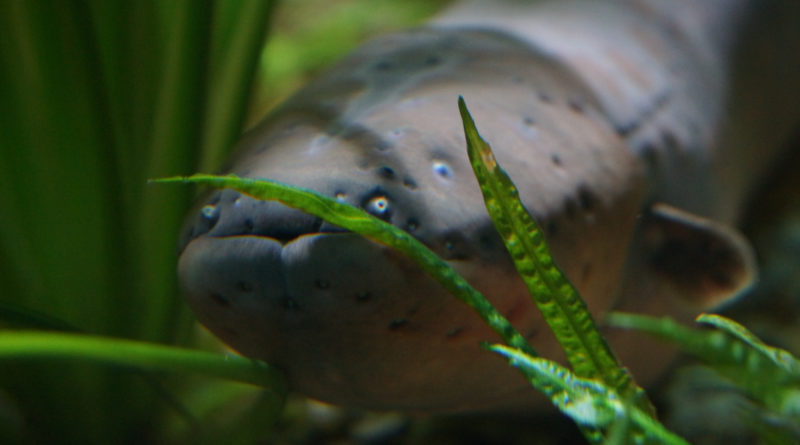Why Is This New Eel Species So Shocking?
18,806 total views, 16 views today
Although climate change threatens to render certain life forms extinct, scientists constantly discover new species. Just this week, scientists discovered two new species of eel, one of which can deliver electric shocks bigger than that observed in any other lifeform. To call this discovery shocking wouldn’t just be a pun – it would be completely accurate, with some scientists describing the high-shock eel as legitimately scary.
In a study published on September 10th in the journal Nature Communications, scientists with the Smithsonian’s National Museum of Natural History detailed their discovery of the Electrophorus voltai. Prior to the Smithsonian team’s work, only one species of electric eel was known to exist anywhere in the world. That eel, the Electrophorus electricus, can discharge 650 volts of electricity. The Electrophorus voltai, on the other hand, can discharge 860 volts and grow as long as eight feet.
Electric eels such as Electrophorus voltai and Electrophorus electricus are found in freshwater in certain regions of South America. These fish generate electricity through cells that, when placed in series, amplify the shock that the eel can deliver. These same cells power the eel’s movement and enable the eels to physically stun their prey.
The Electrophorus voltai was discovered in the Amazon basin, a region known for its immense wildlife diversity. Scientists with the Smithsonian team pointed to their Electrophorus voltai discovery as a reminder that the Amazon basin and rainforest may contain more species than humankind will ever be able to discover and identify.
According to David de Santana, the leading author of the study, the discovery of the Electrophorus voltai is the end result of 250 years of research. Such a long timespan, de Santana said, suggests that ongoing research in the region will turn up even more unknown and fascinating lifeforms. Additionally, de Santana said, eels and other little-understood species can often conduct biological processes or host microorganisms that inspire disease cures and technological advancements.
To identify the Electrophorus voltai, the Smithsonian team isolated 107 electric eels found in South American freshwater. The scientists then compared these eels’ DNA and sizes and shapes. The sizes and shapes of the fish were not that revealing upon initial inspection, as most eel species have very similarly-shaped heads. DNA analysis, on the other hand, proved deeply revealing, as the three species of eel discovered displayed massive differences in mitochondrial DNA. The DNA found in the species mitochondria – the part of a cell often known as “the powerhouse of the cell” – differed more strongly from one another than human mitochondrial DNA differs from that of chimpanzees.
Marine biologists generally agree that eels are the only marine life that use electric shocks to capture their prey. However, eels are far from the only marine life capable of producing electricity. In South America alone, as many as 250 species of fish are said to produce electricity. If de Santana is right that the Amazon may be home to more species than humans can ever hope to count, then the number of fish that can produce electricity may, in fact, be even higher – and future discoveries could potentially inspire changes to how humans generate and deliver electricity.

